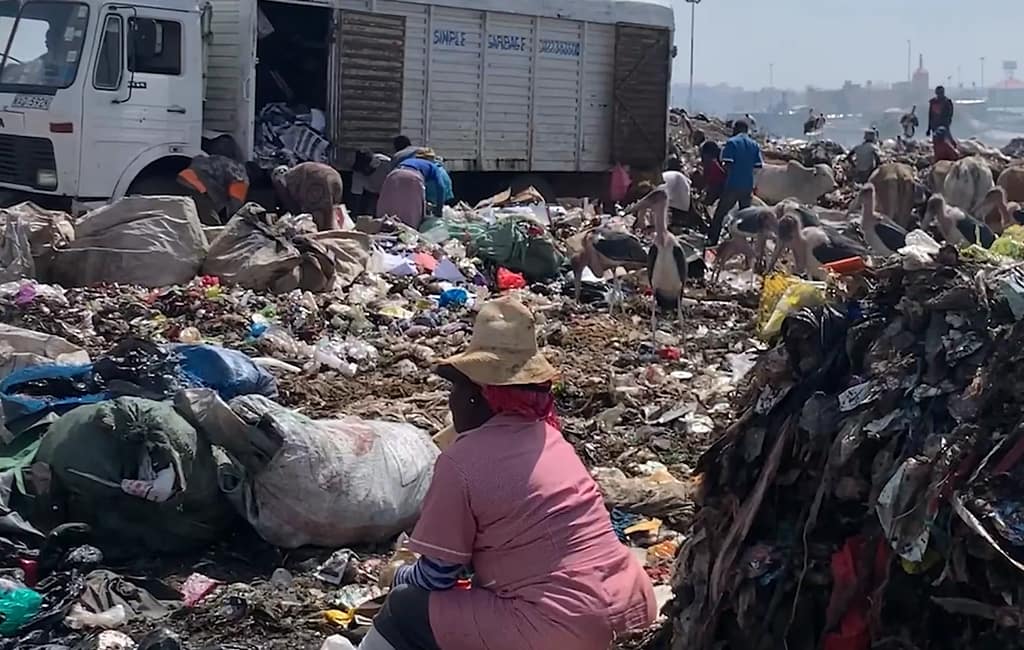Posted inClimate Change Feature
Justice for Waste Workers: Unions and Environmentalists Unite in Plastic Treaty Fight
“We can’t continue like this. Poor working conditions in the guise of implementing the utopian vision of a circular economy, where 100 percent of plastic waste is recycled and companies can continue to produce,” warns Gisore Nyabuti, the Secretary-General, Kenya Waste Pickers Association.











